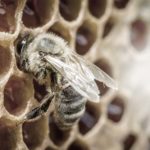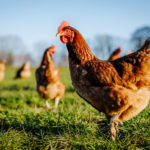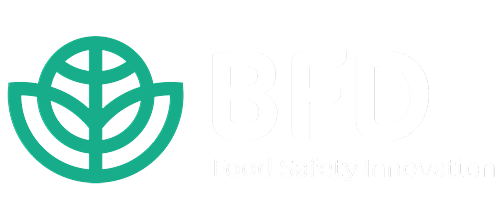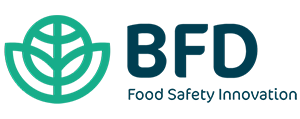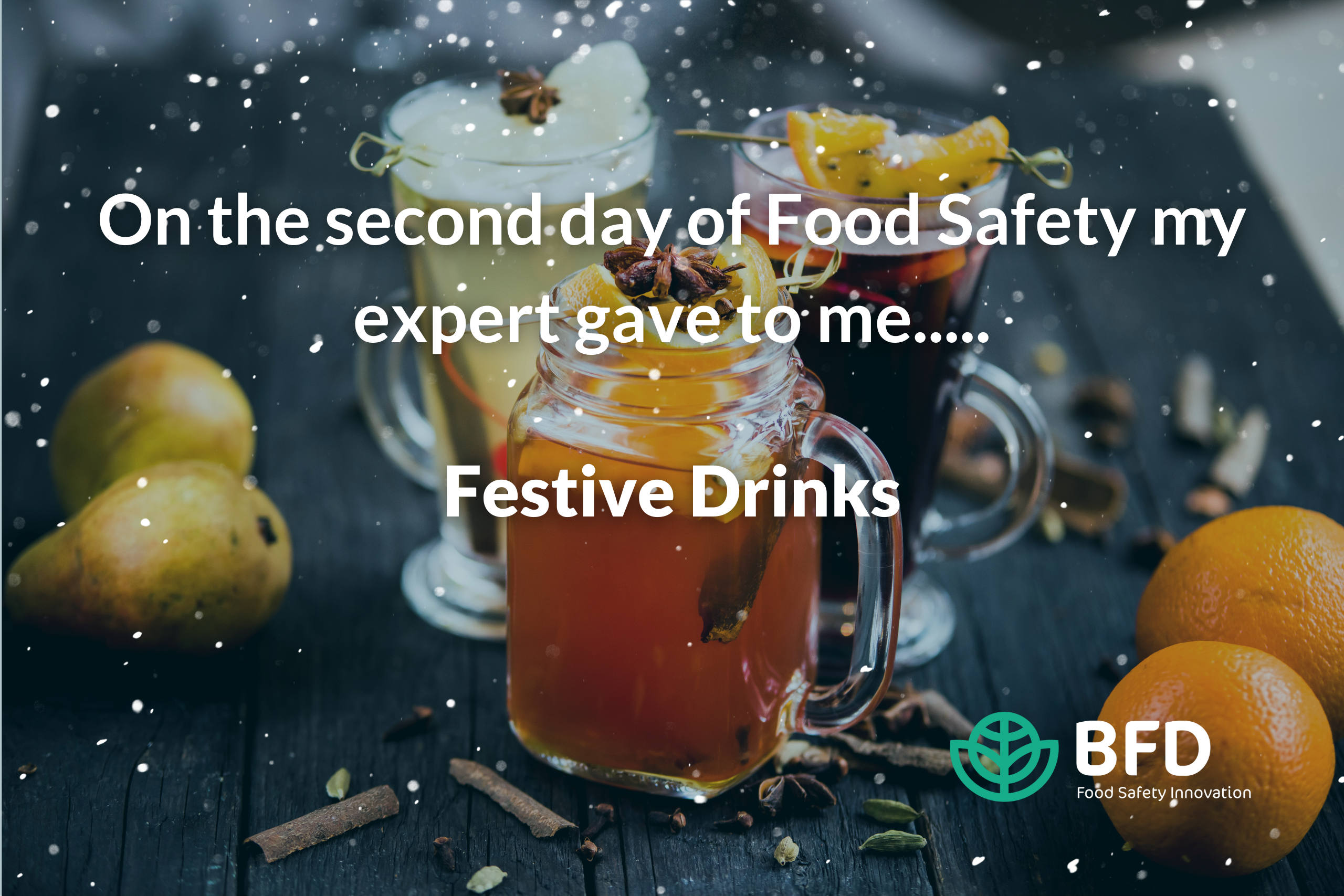
Festive Drinks: Day 2 – 12 Days of Food Safety
Day 2: Festive Drinks
12 Days of Food Safety
During the holiday season, it’s customary for us to fill our refrigerators with a variety of festive drinks. Whether alcoholic or non-alcoholic, these beverages become a special treat, some exclusively enjoyed during this festive time in our calendar. Common festive drinks includes:
- Mulled Wine (Alcoholic & Non- Alcoholic): A warm beverage made with red wine, typically heated and flavoured with spices like cinnamon, cloves, and sometimes citrus fruits. It’s perfect for winter and holiday gatherings.
- Eggnog (Alcoholic & Non-Alcoholic): A rich and creamy drink made with milk, cream, sugar, whipped eggs, spices (nutmeg and cinnamon), and spirts (rum, bourbon or brandy). It’s a classic festive drink in many cultures. Withhold the alcohol for an eggnog that can be enjoy by all ages.
- Champagne Cocktails (Alcoholic): Made with a sparkling wine or champagne and often mixed with other spirits or flavoured with ingredients with fruit juices, liqueurs, or bitters.
- Hot Chocolate (Alcoholic & Non-Alcoholic): A classic winter beverage made with milk or water, cocoa powder, and sugar, topped with whipped cream, marshmallows, or a sprinkle of cinnamon. Add a splash of rum, whiskey, or peppermint schnapps for a delightfully warm winter treat.
- Hot Apple Cider/Apple Ginger (Alcoholic & Non-Alcoholic): Warm spiced apple cider with cinnamon, cloves, ginger and nutmeg. Non-alcoholic versions are perfect for the whole family.
- Spiced Chai Latte (Non-Alcoholic): A comforting and aromatic tea-based drink with a blend of spices like cinnamon, cardamom, and cloves, evoking the holiday spirit.
Beverage Production
When it comes to food safety, these drinks incorporate various ingredients, each subjected to rigorous testing across diverse food sectors. These include screening for pesticides in fruits and spices, examining cream and eggs for antibiotics, and assessing cocoa beans for mycotoxins used in chocolate. Beverage producers adhere to strict regulatory standards that define acceptable levels of contaminants in food and beverages, and regular monitoring ensures that the final products are fit for consumption. Various analytical techniques, such as chromatography (e.g., high-performance liquid chromatography or HPLC) and enzyme-linked immunosorbent assay (ELISA), may be employed to detect and quantify contaminants in beverage samples 1.
Beverage Product Focus:
Ochratoxin A in wine
Ochratoxin A (OTA) is a mycotoxin that can be a concern in wine production. This mycotoxin is produced by moulds belonging to the Aspergillus and Penicillium genera 2. Below are some interesting facts concerning Ochratoxin A in wine:
- Occurrence: Ochratoxin A can contaminate grapes during the growing phase, and its presence may persist through the winemaking process. The risk of contamination increases under certain conditions, such as the presence of moulds on grapes or poor storage conditions 2. Factors such as climate, humidity, and the presence of damaged or infected grapes can contribute to mould growth and mycotoxin production 3.
- Wine Production: Ochratoxin A can be transferred from contaminated grapes to the wine during the winemaking process. This transfer can occur through the crushing and fermentation stages, as well as during storage if conditions favour mould growth 3.
- Prevention and Control: Winemakers implement various measures to minimize the risk of Ochratoxin A contamination. This includes careful monitoring of grape quality, proper vineyard management, and maintaining hygienic conditions during winemaking. Additionally, certain winemaking practices, such as using sulfites, can help control mould growth 4.
- Regulatory Limits: Many countries have established regulatory limits for Ochratoxin A in wine to ensure consumer safety. Wineries often conduct testing to ensure that their products comply with these limits 4.
- Quality Control: Wineries may implement quality control measures to monitor Ochratoxin A levels and other contaminants in their wines. This helps ensure that the final products meet safety and quality standards 5.
It’s important to note that while Ochratoxin A can be a concern, the majority of wines on the market comply with regulatory standards, and the risk of exposure to harmful levels of Ochratoxin A is generally low. Consumers who have specific concerns about Ochratoxin A in wine may choose to purchase products from reputable wineries or regions known for stringent quality control measures. The overall risk of mycotoxins in alcoholic beverages is generally low due to the quality control measures implemented by producers. The brewing and distillation processes often involve heating and fermentation, which can reduce mycotoxin levels. Additionally, regulatory agencies typically establish limits for mycotoxins in food and beverages to ensure consumer safety 6.
Sugars in the Brewing Process
Monitoring sugars during alcohol brewing is a critical aspect of the brewing process, especially in beer and other fermented beverages. The measurement of sugars such as glucose, maltose and fructose provides insights into the progress of fermentation, the potential alcohol content, and the final flavour profile of the beverage. Brewers often track these parameters throughout the brewing process to ensure consistency and quality in their final products 7.
BFD Testing Panel
Biorex Food Diagnostics provides a selection of convenient and rapid tests designed for the detection of contaminants in festive beverages. These test kits offer producers the capability to assess raw materials for potential residues before integrating them into the manufacturing process minimising the risk of spoilage, which can affect both shelf life and overall stability of the product. Regular testing of raw materials is strongly recommended as thorough testing can identify and eliminate contaminated ingredients, ensuring that the final product aligns with desired taste and quality standards. Early identification and mitigation of contaminations in the production process also serve to minimize the risk of recalls, legal complications, and damage to company reputation.
Please feel free to reach out to us today to initiate a discussion about any of our tests that your company is interested in incorporating into its quality control plan.
| Mycotoxin Test Kits (Grains) | Antibiotic Test Kits (Milk/Egg) | Sugar Test kits (Honey) |
| Ochratoxin A
BXEFB52A |
Chloramphenicol
BXEFB03A |
Glucose/Fructose
BXEFC02C |
| Total Aflatoxins
BXEFB09A |
Fluoroquinolones
BXEFB07A |
Glucose Controls
BXEFC04C |
| DON
BXEFT18A |
Multi-Sulfonamides
BXEFT08A |
PRISM
BIOXBFD48 |
| Zearalenone
BXEFT19A |
Nitrofurans
BXEFB41A→44A |
|
| Fumonisin
BXEFB38A |
||
| T2/HT2
BXEFT20A |
Did you miss the first day of the the BFD 12 Days of Food Safety? Not to worry. Click the image below to check it out.
References
- Azam MS, Ahmed S, Islam MN, Maitra P, Islam MM. Critical Assessment of Mycotoxins in Beverages and Their Control Measures. Toxins (Basel) 2021; 13(5): https://www.ncbi.nlm.nih.gov/pmc/articles/PMC8145492 (accessed 17 November 2023).
- World Health Organisation (WHO). https://www.who.int/news-room/fact-sheets/detail/mycotoxins (accessed 17 November 2023).
- Freire L, Braga PAC, Furtado MM, Delafiori J, Dias-Audibert FL, et al. From grape to wine: Fate of ochratoxin A during red, rose, and white winemaking process and the presence of ochratoxin derivatives in the final products. Food Control 2020; 113(107167): https://www.sciencedirect.com/science/article/pii/S0956713520300839 (accessed 17 November 2023).
- La Placa L, Tsitsigiannis D, Leggieri MC, Battilani P. From Grapes to Wine: Impact of the Vinification Process on Ochratoxin A Contamination. Foods 2023; 12(2): https://www.ncbi.nlm.nih.gov/pmc/articles/PMC9858051 (accessed 17 November 2023).
- López-Puertollano D, Agulló C, Mercader JV, Abad-Somovilla A, Abad-Fuentes A. Immunoanalytical methods for ochratoxin A monitoring in wine and must based on innovative immunoreagents. Food Chemistry 2021; 345(128828): . https://www.sciencedirect.com/science/article/abs/pii/S030881462032690X (accessed 17 November 2023).
- Schrenk D, Bodin L, Chipman JK, del Mazo J, Grasl-Kraupp B, et al. Risk assessment of ochratoxin A in food. EFSA Journal 2020; 18(5): https://efsa.onlinelibrary.wiley.com/doi/10.2903/j.efsa.2020.6113 (accessed 17 November 2023).
- Goldammer T. The Brewer’s Handbook A Complete Book to Brewing Beer.: Apex Publishers; 2022. https://www.beer-brewing.com/beer_brewing/12_beer_fermentation/monitoring_fermentation.htm (accessed 17th November 2023).
